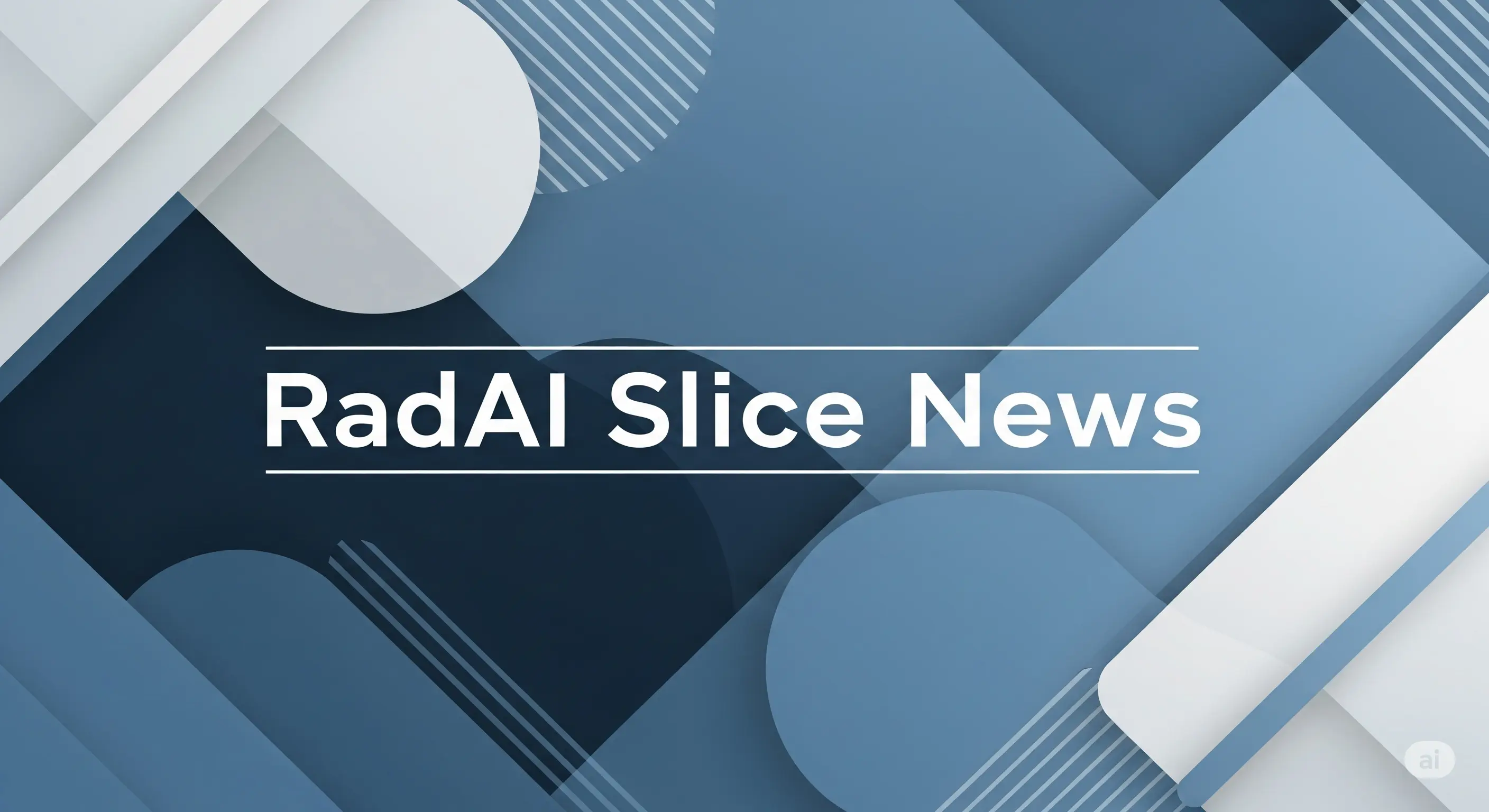Back to all news
Hybrid AI-Human Mammography Reading Cuts Workload Without Compromising Cancer Detection
A hybrid AI and radiologist reading strategy for screening mammography reduced radiologist workload by 38% without affecting recall or cancer detection rates.
Key Details
- 1A Radboud University Medical Center team trialed a hybrid AI-human method for reading screening mammograms.
- 2Radiologist workload dropped by 38% while recall (23.6%) and cancer detection rates (6.6%) matched standard double reading.
- 3Study included 41,469 mammograms from 15,522 women in the Dutch National Breast Cancer Screening Program, spanning from 2003–2018.
- 4The AI (ScreenPoint Medical) handled confident predictions; radiologists reviewed cases with uncertain AI output.
- 5Uncertainty estimation (entropy of probability of malignancy) was key to triaging cases.
- 6Only one cancer case was missed by AI but caught by radiologist using this hybrid approach (ductal carcinoma in situ).
Why It Matters
This evidence supports the clinical adoption of hybrid AI models to maintain diagnostic accuracy while meaningfully reducing radiologists' workload in breast cancer screening. Incorporating AI uncertainty metrics appears crucial in such workflows, potentially improving efficiency and trust in AI-assisted interpretation.

Source
AuntMinnie
Related News

•AuntMinnie
AI Enables Safe 75% Gadolinium Reduction in Breast MRI Without Losing Sensitivity
AI-enhanced breast MRI with a 75% reduced gadolinium dose maintained diagnostic sensitivity comparable to full-dose protocols.

•Cardiovascular Business
Deep Learning AI Model Detects Coronary Microvascular Dysfunction Via ECG
A new AI algorithm rapidly detects coronary microvascular dysfunction using ECGs, with validation incorporating PET imaging.

•AuntMinnie
Study: Patients Prefer AI in Radiology as Assistive, Not Standalone Tool
Survey finds patients support AI-assisted radiology but not AI-only interpretations.